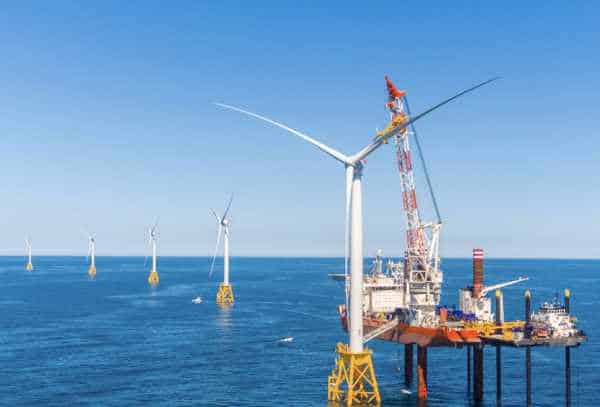



A recent paper by physicist Mark P. Mills of the Manhattan Institute exposes the absurdity of full electrification as it fails on every level. Even as it fails, the hardcore Left will not abandon the ideology.
In these circumstances, policymakers are beginning to grasp the enormous difficulty of replacing even a mere 10% share of global hydrocarbons—the share supplied by Russia—never mind the impossibility of trying to replace all of society’s use of hydrocarbons with solar, wind, and battery (SWB) technologies.
Two decades of aspirational policies and trillions of dollars in spending, most of it on SWB tech, have not yielded an “energy transition” that eliminates hydrocarbons.
Regardless of climate-inspired motivations, it is a dangerous delusion to believe that spending yet more, and more quickly, will do so.
The lessons of the recent decade make it clear that SWB technologies cannot be surged in times of need, are neither inherently “clean” nor even independent of hydrocarbons, and are not cheap.
Dr. Mills is hoping for a reality reset. He listed the truths at the end of the paper which provides a summary. You can read the details here.
Dr. Mills presented ten truths that show the impossibility of “accelerating” an energy transition that would eliminate the use of hydrocarbons. They also show the consequences of mandating the adoption of wind, solar, and battery technologies at a faster pace than would naturally occur.
Growth in Global Energy Supplies

Per Capita Wealth vs. per Capita Energy Use

Growth of Shale Energy vs. Wind+Solar 2005–20, Compared with Saudi Arabia Oil 1965–80

Miles Driven Before an EV Emits Less CO2 than a Diesel Car

Lithium Battery Performance Progress
The target performance for batteries—and even the (still pre-commercial) aspiration for super-density lithium-metal chemistry—still doesn’t come close to matching gasoline.

Mineral Demands for Solar, Wind, and EV to Replace Hydrocarbon Machines

Energy Sector Share of Mineral Demands for All Purposes
Costs of Wind, Solar, and Battery Hardware

Sources of Key Energy Transition Minerals

Share of Economies Consumed by Acquiring Fuel and Food

